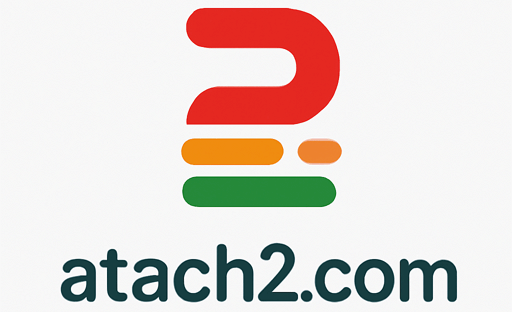The association of electron pairs across the central iodine atom within the molecule iodine tribromide (IBr3) dictates its electron-pair geometry. This geometry considers all electron pairs, each bonding and non-bonding (lone pairs), surrounding the central atom. In IBr3, the iodine atom is bonded to a few bromine atoms and in addition possesses two lone pairs of electrons.
Understanding the spatial association of electron pairs is essential for predicting molecular form and reactivity. The electron-pair geometry influences properties like bond angles and dipole second, which, in flip, decide how a molecule interacts with different molecules. Traditionally, the prediction of those geometries relied on experimental methods, however developments in theoretical chemistry now permit correct predictions utilizing computational strategies.

